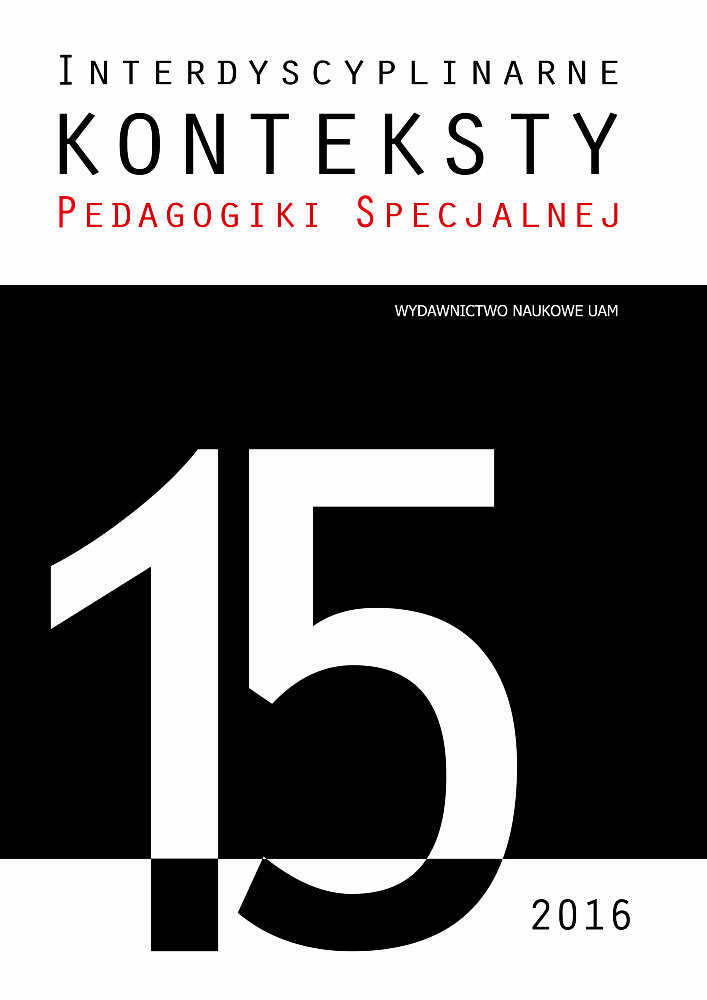Abstract
Relational approach to autism is a specific way of understanding needs of the child with development disorders based on three strong fundaments – psychoanalysis, development psychology and psychopathology. It is a result of complex research of typical development and identification of caretaker’s intuitive reactions, which support the child best and in a natural way. Relational therapy is not a remedy for every issue in autism. However, it should be an important, central element of a good-enough, holistic educational and therapeutic program. An introduction to other, educational-oriented activities, like learning which is a dyadic process of interaction between two people of whom one is always a teacher for another. Connection and relation should be an essence of every intervention dedicated to autistic children to, as a result, make the autism thaw.
References
Alvarez A., The thinking heart: three levels of psychoanalytic psychotherapy with disturbed children, Routledge, London 2012.
Harris M., Bick E., The Tavistock Model: Papers on child development and psychoanalytic training, Karnac, London 2011.
Kępiński A., Poznanie chorego, PWN, Warszawa 2013.
Salomonnson B., Salomonnson M., Dialogues with children and adolescents. A psychoanalytic guide, Routledge, London 2016.
Spensley S., Frances Tustin, Routledge, London 1995.
Zalewska M., Dziecko a autoportrecie z zamalowaną twarzą, Wydawnictwo Czarna Owca, Warszawa 1998.
